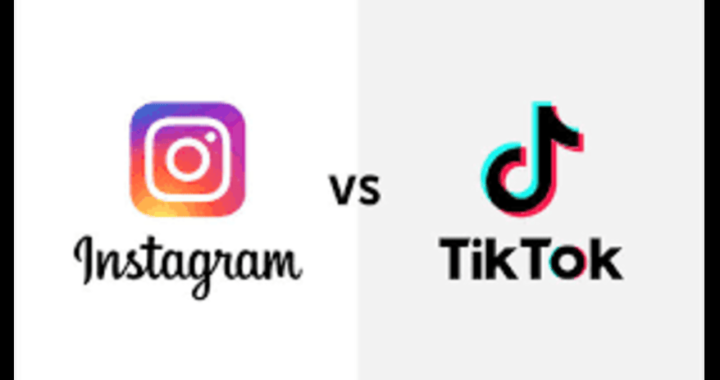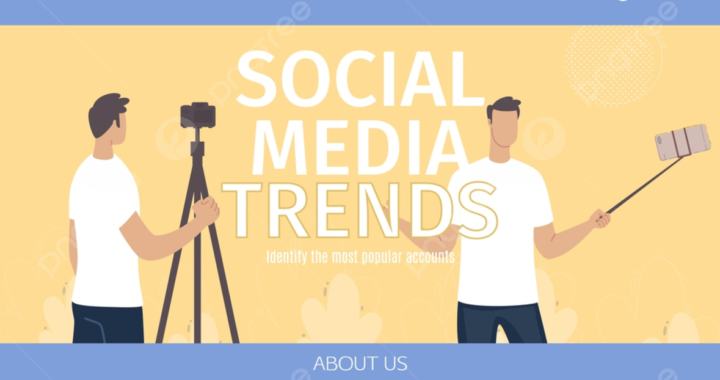Social media platforms have become essential tools for businesses looking to expand their reach, engage with audiences, and drive sales. Among the most popular platforms, Instagram and TikTok stand out as powerful marketing channels. While both offer incredible opportunities, they cater to different audiences and serve distinct business goals. So, which one is better for your business? Let’s dive into a comprehensive comparison of Instagram and TikTok to help you decide.
1. Audience Demographics
Understanding your target audience is crucial when choosing a platform.
Instagram: Instagram has a broad user base, with over 2 billion monthly active users. It attracts a diverse demographic, with a strong presence of millennials and Gen Z, but also significant engagement from Gen X and even baby boomers. The platform is widely used across various industries, including fashion, beauty, technology, health, and fitness.
TikTok: TikTok boasts over 1 billion monthly active users, with a dominant Gen Z and younger millennial audience. The platform is known for its younger, trend-focused user base, making it ideal for brands targeting this demographic. TikTok users are highly engaged, spending an average of 90 minutes per day on the app.
Which is better?
If your business targets a younger, highly engaged audience that loves trends and challenges, TikTok may be the better option. However, if you want to reach a wider and more varied demographic, Instagram is a stronger choice.
2. Content Style and Engagement
Content format and user engagement are key factors in determining platform effectiveness.
Instagram: Instagram supports a mix of content types, including images, videos (Reels), Stories, IGTV, and carousels. It is highly visual, focusing on polished, aesthetically pleasing content. Businesses can showcase their products, services, and brand identity through professional-quality images and videos. Engagement on Instagram is driven by likes, comments, shares, and story interactions.
TikTok: TikTok is primarily video-driven, emphasizing short-form, entertaining, and creative content. The platform thrives on viral trends, challenges, and user-generated content. Unlike Instagram, TikTok’s culture encourages raw, authentic videos that feel spontaneous rather than curated.Continue reading→




